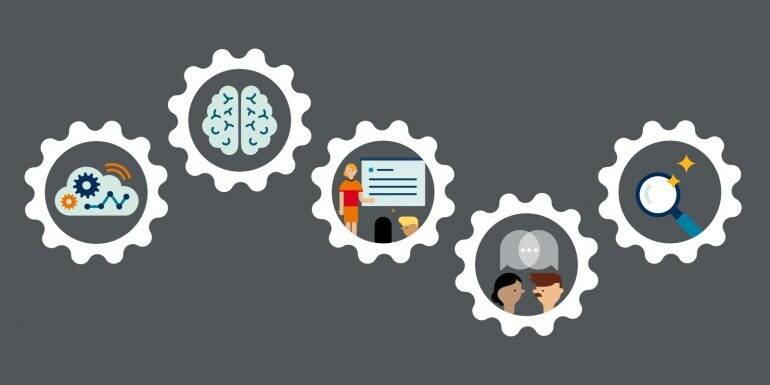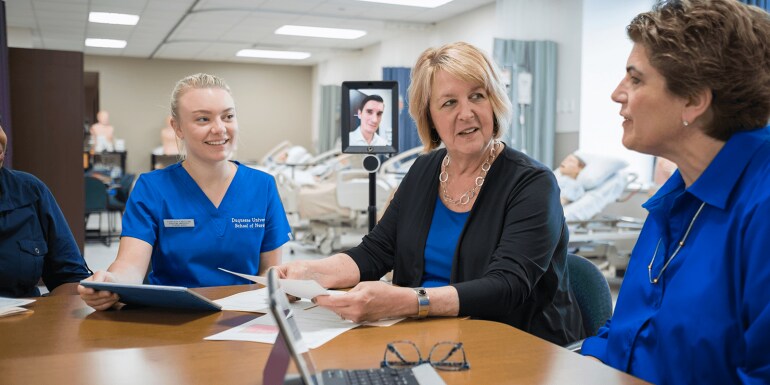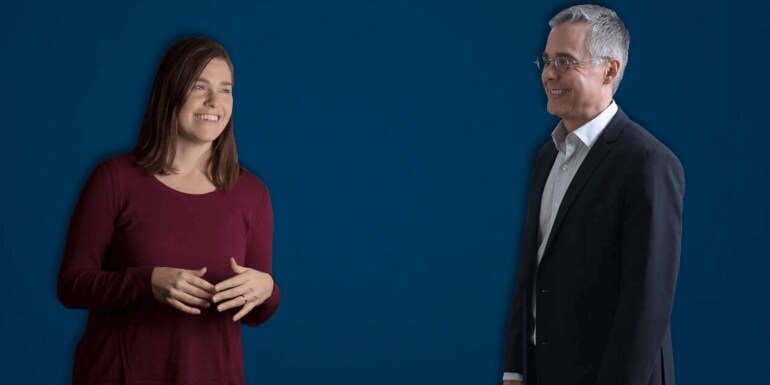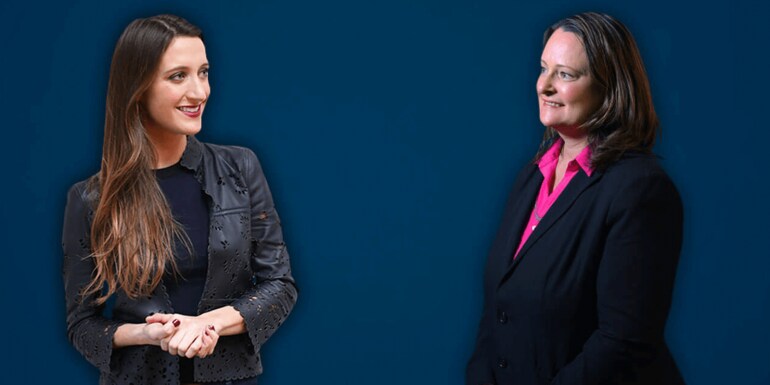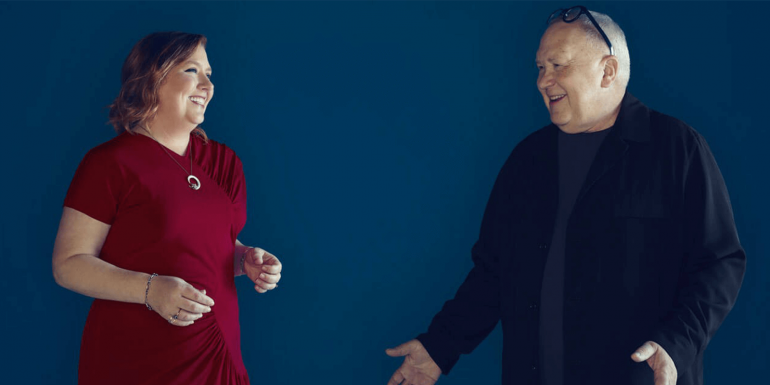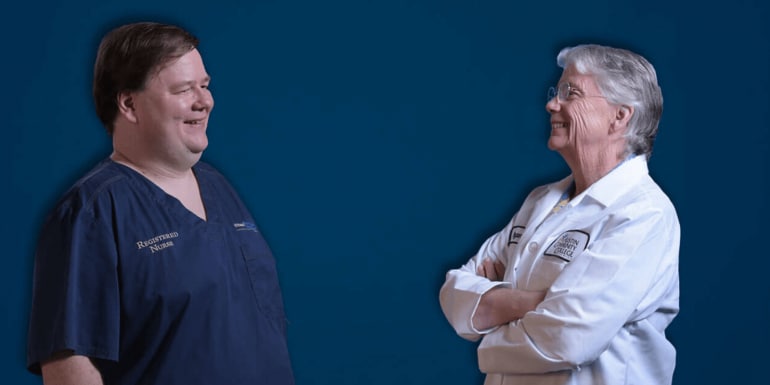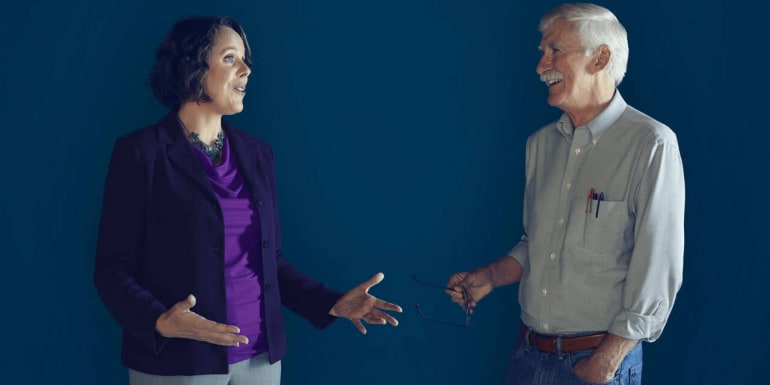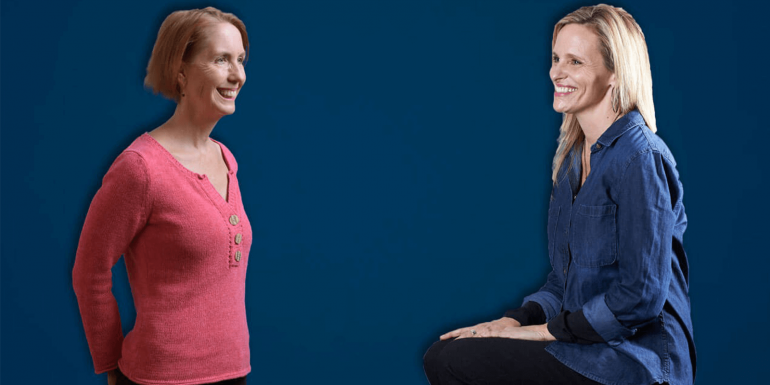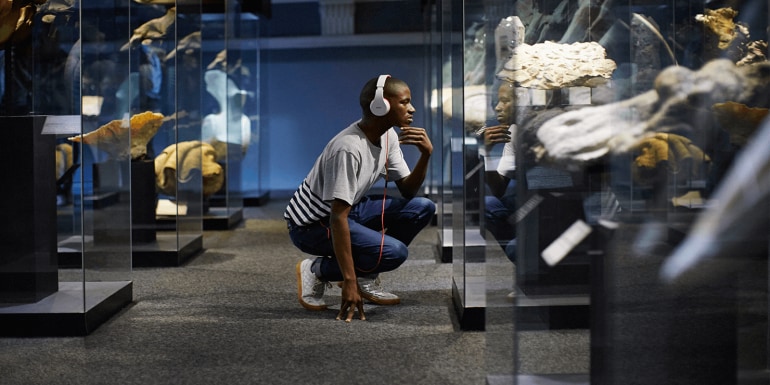3 tips for student success in the age of AI-based hiring
by Pearson

For today’s students, the college experience is about more than exploring areas of study and learning professional skills. Entering students want to know the investment they’re making in higher education will pay off. With long-term career opportunities defining student success, career centers feel the pressure to provide guidance and actionable insight to students preparing to enter the workforce—which means keeping up with the latest hiring trends.
The big trend this year? Integrating technology into the hiring process.
The rise of hiring technology
Career counselors used to base their coaching on the six-second rule, essentially the length of time a resume has to impress the hiring manager. Now, to even be seen by human eyes, candidates have to pass something much more elusive: the applicant tracking system (ATS).
Applicant tracking systems are nothing new, but they’ve become ubiquitous in the hiring process. In fact, 99% of Fortune 500 companies use them (source). As they collect and organize applicant resumes based on employer-defined keywords, ATSs streamline the tedious work of sorting through resumes for the hiring manager.
Even organizations that don’t have an ATS are often using other tools that rely heavily on search terms, like LinkedIn and Indeed.
While ATSs have been around for several years, a new player in the hiring field is AI technology, which essentially replaces a candidate’s first-round interview process with a video recorded interview. Candidates answer questions, and the AI compares their word choice, facial expressions, and enthusiasm with current employees.
With multiple technology barriers before human interactions, how can you prepare students to impress both humans and machines?
Here are three ways you can encourage student success in the hiring process.
1. Advise students to conduct keyword research
Career centers already encourage students to research the company in preparation for interviews. But students should expand this research to identify key terms used by the industry, the company, and the job description. Encourage students to think beyond technical, quantifiable abilities that many applicants will share on a resume, and include soft skills that they can expand on in the interview process.
Keyword research can benefit students in two ways: They can add it to their resume and use it in their interview responses. Using keywords from the job description will help the student’s resume rise to the top of the applicant pile and get the attention of hiring managers. Using industry and organizational language in the interview highlights their knowledge and preparedness.
2. Record student interviews
A twist on traditional mock interviews, recorded interviews help students practice a different conversation format. Video interviews can be awkward and uncomfortable, but they’re more prevalent than ever. Practicing helps students feel prepared and gives them the opportunity to see what they look like on camera.
Encourage students to review the recorded interviews to identify their weak points and adjust accordingly. Make sure they focus on getting across their measurable skills, as well as their interpersonal skills on screen. They can even sit down with a career counselor to go over the footage together for more feedback.
3. Consider AI-based software
Although there’s no substitution for a career counselor, using AI-based software to provide resume suggestions can help students avoid ATS pitfalls, like poor formatting choices or date conventions.
Having a tool that can identify the more technical resume fixes many career centers encounter will give counselors more time to work with students on more challenging aspects, such as training interpersonal skills and effective workplace interactions.
Focus on student success
Avoid favoring technology at the expense of human interactions. Remind students that despite the addition of AI-based software in the hiring process, the final decisions will always be made by a person. “Beating” or “gaming” the system will only get students so far, and nothing replaces experience and personal connections.
Career centers should continue to encourage students to focus on building hard and soft skills to stand out in the crowded job market.
Learn how to ensure long-term student success through innovative educational practices.
read more



